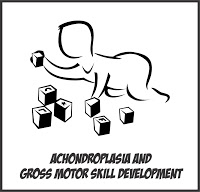Sporting Opportunities at School for Students with Disabilities
The US Department of Education, Office of Civil Rights, has issued a letter based on a report performed by the United States Government Accountability Office (GAO) which highlighted that access to, and participation in, extracurricular athletic opportunities provide important health and social benefits to all students, particularly those with disabilities. The letter provides an overview of […]

